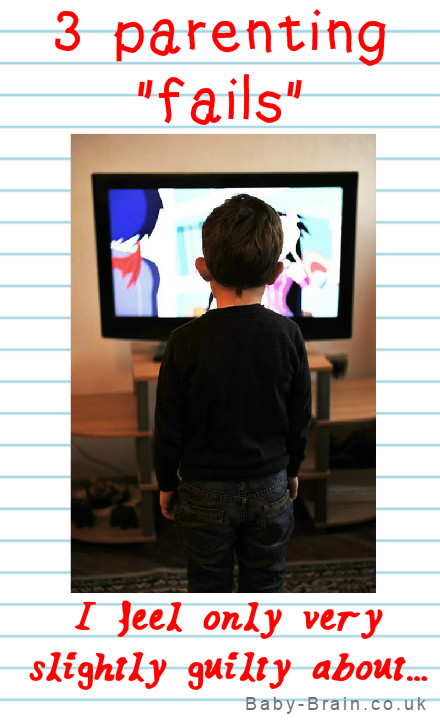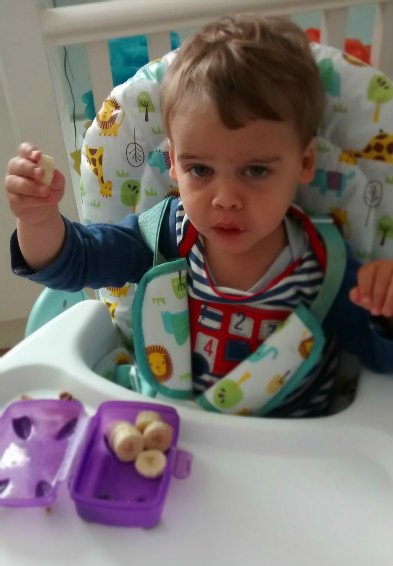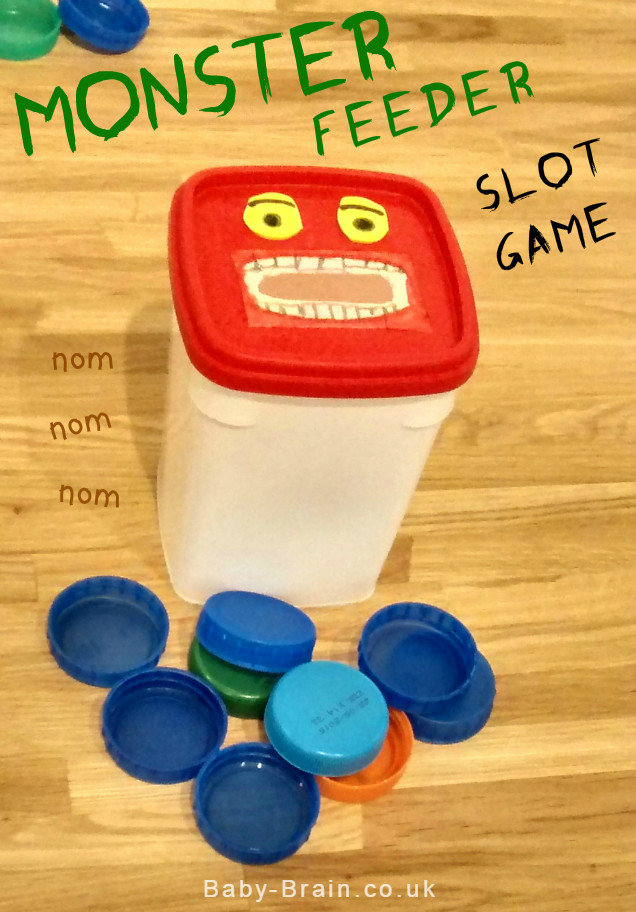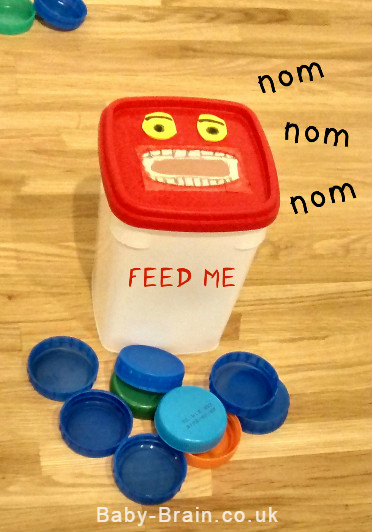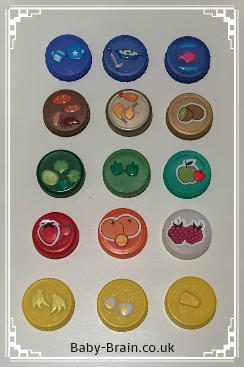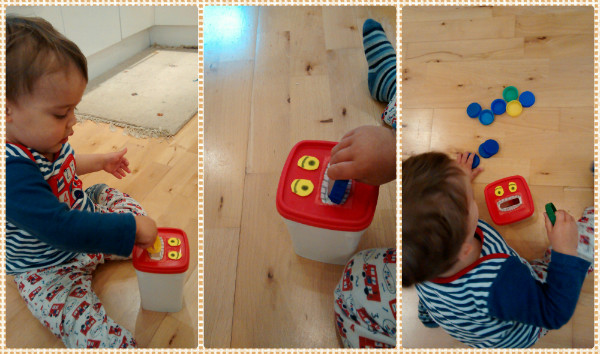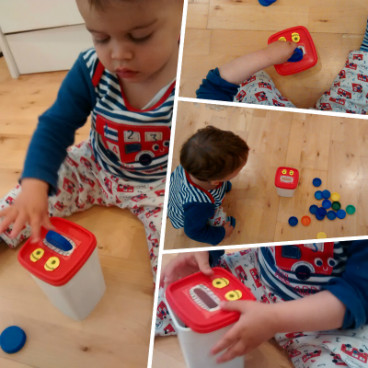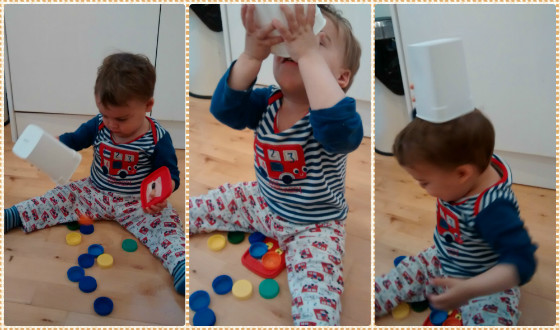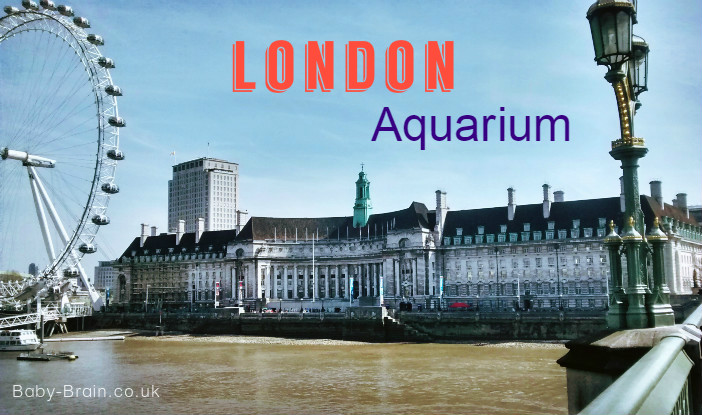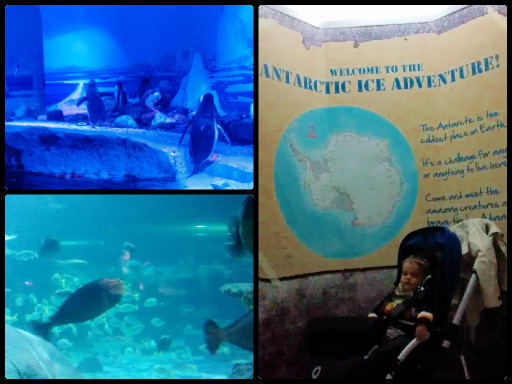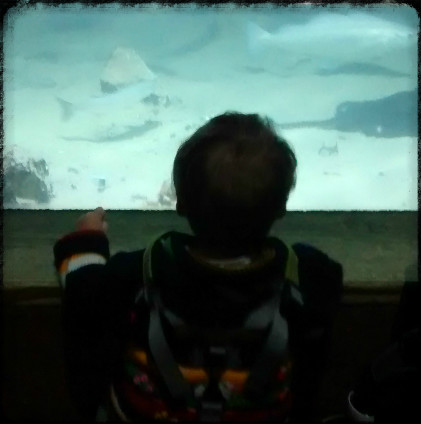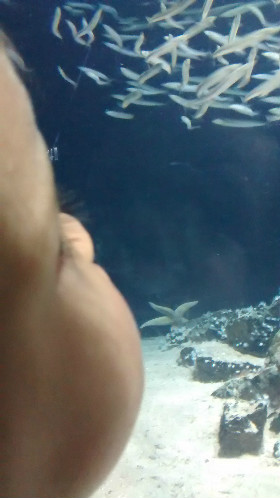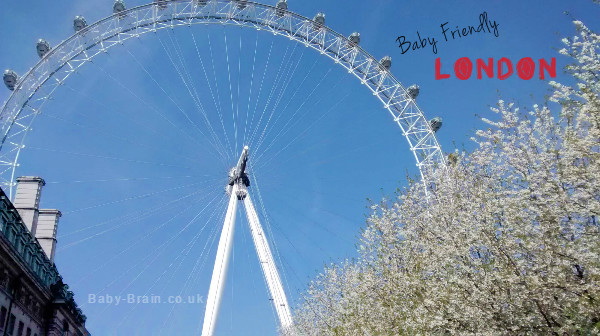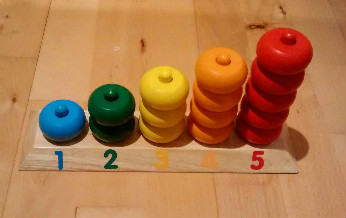3 parenting “fails” I feel slightly socially judged and guilty about – but also don’t really care!
OK, so there are some things I do that I feel a bit guilty about. I’m waiting for the cognitive dissonance to kick in. I don’t even know if “others” do judge it, or if it’s just in my mind about what’s “bad”. Wonder where I got these views from? Anyway, here’s some things I do that I wonder about (but don’t really think it’s a “fail” – I just wrote that for attention)
1. Watching television
My child is 18 months old. He was never interested in television in the past but has been able to watch it in the last few months. I can’t remember exactly when this started but when I realised he could be mesmerized by the television and distracted for a few moments it was brilliant (I won’t lie, after giving all my waking time to another, small, person for the previous 12-15 months, this was good). He likes a few programmes such as The Clangers, and In The Night Garden. We don’t watch television that much. Sometimes, it’s at 6am, which is when he likes to wake up, and I’m not awake at all. It’s usually in the evening just after bath and before bed to relax him and so that I can get things ready for bed. It’s sometimes after we’ve been out all day and I need to sit down for a bit and he’ll be occupied.
Interactive television watching is probably better – if I want to feel less guilty I attempt to have a conversation around the programme, asking questions such as what colour is that, or what do you think is going to happen, etc. But also, just sitting together and spending time watching and modelling emotions and expressions can’t be a bad thing, right?
2. Giving food to placate or stave off further tantrums/crying/grumpiness
So we’re on the busy bus, hot, cold, whatever, busy, screaming, child trying to get out of his buggy straps ALL the time (a recent thing), or he’s tired but refuses to go to sleep. Have a biscuit. Peace for a few moments. I stop feeling the annoyance of all the other bus passengers.
3. Eating in McDonald’s?
This is a new thing. I realised they give you balloons, they have free crayons and paper, good highchairs (on wheels!) and sometimes offer to carry my tray while I push the pram to the table. Plus, I like chips (fries) and milkshakes. Don’t worry… he only has a few chips (*gasp*) and then I give him separate food like fruit, a child friendly sandwich etc. And they don’t seem to mind me bringing him in his own food. We also explored the feel and coldness of ice from my drink last time we were there (picture).


